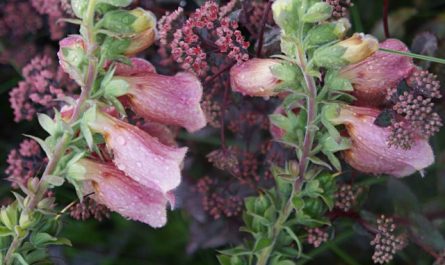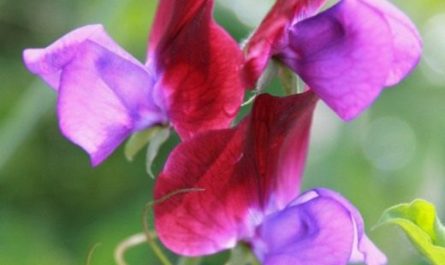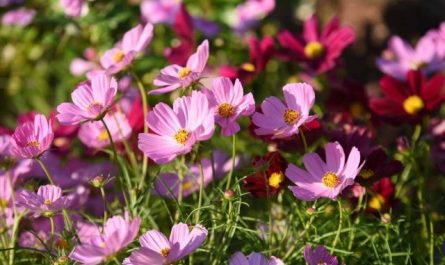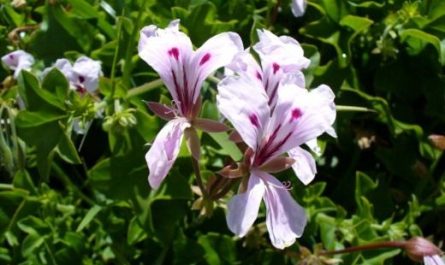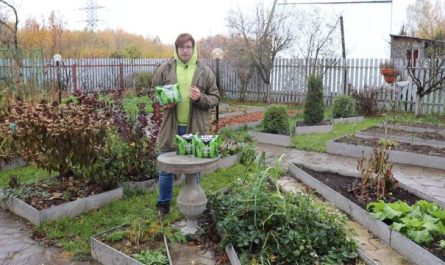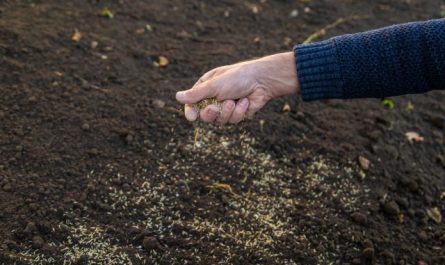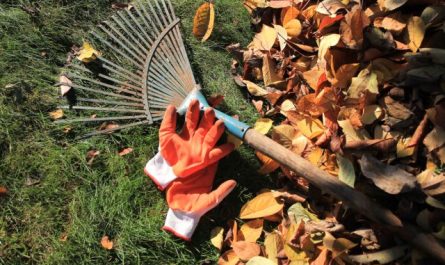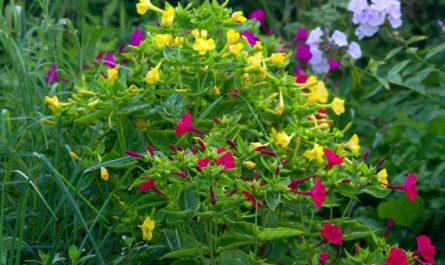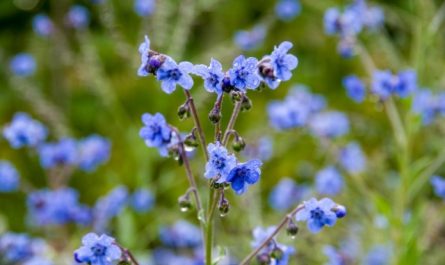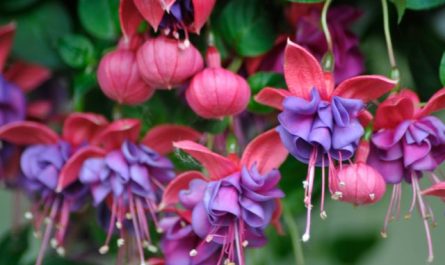Gentle, modest, touching, fragile – all this is about it, forget-me-not. This flower can be found in almost every flower garden. But what do we know about it? And where did it get its name? People also call forget-me-not “love me”. According to one legend, the name “forget-me-not” was given to the plant by the goddess Flora and she endowed it with the property of returning memory to people who forget their loved ones or homeland. In English, the name of the plant sounds like – forget-me-not and means – do not forget me.
But the name of the genus Myosotis, to which it belongs, is translated from Latin as “mouse ear”, which is explained by the shape of the pubescent leaves of some species of this plant. The love for this flower is also evidenced by the fact that in many countries they held holidays in its honor. For example, in Great Britain they celebrated the day of the “May Queen” in the forest. The most beautiful girl became the queen.

© Mister Flower
This is an unpretentious plant. Forget-me-nots feel best in semi-shaded places, although they can grow both in the shade and in the sun. The soil should be light, well-drained, humus-rich, and regularly moistened. However, on very fertile soils, it grows too much green mass, which is not good for flowering. When dried out, the bushes quickly fade. At the same time, over-watering is also harmful to forget-me-nots. It can lead to root rot. The plant is very cold-resistant.
Forget-me-nots can be fed with mullein infusion or mineral fertilizers – a tablespoon of urea, potassium sulfate and nitrophoska per 10 liters of water. The first feeding is done in early May, the second – in the fall.
Forget-me-nots are propagated by seeds. They are sown in June-July in open soil, for which every 15 cm they make furrows 1-2 cm deep. It is very important not to deepen the seeds too much.

© David Monniaux
The shoots appear in 12-15 days. They will bloom in May-June of the following year. The ripened seeds fall to the ground, giving abundant self-seeding.
Forget-me-nots are most often grown as a biennial, since even in the third year the bushes continue to grow, but the flowers become smaller and the stems stretch out. Young plants are planted in a permanent place, leaving a distance of 3×15 cm between the bushes. To collect seeds, the bushes, when they turn brown, are dug up and laid out in partial shade on paper. Soon they will crumble and they can be planted where needed.

© AnemoneProjectors
Plants, both young and mature, easily tolerate transplantation, so you can buy and plant ready-made seedlings. If you sow the seeds in the fall, before winter, then in May you will see flowering, which will last 1,5-2 months. Varietal forget-me-nots can be propagated by cuttings. To do this, cut off the growing tops of the shoots and immediately plant them in a shady place. Forget-me-nots look beautiful under the crowns of trees and bushes, in borders, as spots on lawns. Due to their compactness (20-35 cm in height), they are great for growing in containers, on balconies, terraces. However, they quickly fade in boxes. Forget-me-nots also look original near ponds, they go well with tulips and daffodils, in addition, these flowers have the same flowering period. They are well suited for cutting, however, for bouquets it is better to take not individual shoots, but the entire bush, cutting off the roots.
Give your loved ones a touching bouquet of forget-me-nots – this symbol of love and friendship is unlikely to leave anyone indifferent. And they also say: if you pin a bouquet of forget-me-nots on the left chest near the heart of your loved one, it will hold him tighter than any love spell.

© Mister Flower

